introduction
M uffin tin cooking is fun, exciting, and creative! With your muffin tins you can create just about every type of dish imaginable (entres, vegetables, potatoes, desserts, appetizers, and more). Muffin tin dishes are easy to serve, easy to pass, and easy to share at a party or at your family table, or to savor just by yourself. Children especially enjoy being served muffin tin food. Muffin tin foods are also easy to store. Just pop the individual cups into a storage container, or simply cover your muffin tin with plastic wrap or foil. Cleanup is easy, too.
If you use paper or foil liners, you throw them out or recycle them. The best part is that these dishes are portion controlled. You know exactly how big a serving actually is, and theres no fooling yourself that youll just have a tiny bit more of something. If you want more, you have to help yourself to another cup. One muffin cup is one serving, and thats that.
Muffin Tin Types
Today there are more choices than ever when it comes to muffin tins.
Regular muffin tins (without nonstick coating) do still exist but may take some work to find. You may even find cast iron muffin tins, stoneware tins, or ceramic tins. Ceramic and stoneware tins are nice if you like to serve directly from the tin itself, because they are decorative. Nonstick muffin tins are popular because the nonstick coating keeps your dishes from sticking. Dont put all your faith in nonstick coating, though! Always spray a nonstick muffin tin with cooking spray before using. It is also a very good idea to spray the top of the muffin tin (the flat spaces in between the cups), because you may drop food there while filling the cups and the spray will help you clean it up.
Always read the care instructions that come with your tins and follow them. Dry your tins completely to avoid any problems with rust. Also be sure when you are baking with your tins that any empty cups in the tin are completely clean (if not, you will just bake on whatever is there). Disposable aluminum muffin tins are handy if youre taking food somewhere but dont have a dependable carrier to put your cups in. Just bake them in the disposable tins (spray the tins with cooking spray first, or use liners), and they are easy to transport. Silicone muffin tins are a recent addition to the market.
These pans are soft and flexible and bake in a metal holder, or can stand on a baking sheet. They make it easy to push food out of the muffin cups without sticking, but their flexibility can mean your food might come out in pieces, as the flexibility can be difficult to control. Specialty silicone muffin pans now come in specific shapes, such as dinosaurs or stars, which are fun for childrens parties or holidays.
Muffin Tin Sizes
Muffin pans themselves come in many sizes. Regular is your old standby. Jumbo is bigger, and mini is for tiny little dishes, like mini muffins or appetizers.
Youll need all three sizes if you plan to try all the recipes in this book. Be aware that different manufacturers make their tins in slightly different sizes; so while a recipe in this book may be for 12 regular muffin cups, if yours is a bit smaller, you might find that your recipe stretches to 13 cups. A newcomer on the muffin tin scene is the square muffin pan. These pans usually have 12 square cups that are a bit larger than regular round muffin cups (they hold slightly less than cup, while regular round cups hold about cup). Theyre great for making things like brownies, little cakes, and little loaves of bread, or just to change things up. Not only do muffin tins come in different diameters, but they also come with different numbers of actual cups in them.
The most common are 6, 12, and 24 cups per pan. Any configuration will work, but smaller numbers of cups may mean you will need to bake in batches for the larger recipes.  Each recipe indicates the size of muffin tin needed; youll find this to the right of the recipe yield next to the muffin icon. Keep in mind that you can make your dishes any size you like, but you will need to adjust cooking time up or down accordingly (if you make a bigger cup than the recipe suggests, baking time will be longer; if you make a smaller cup, baking time will be shortened).
Each recipe indicates the size of muffin tin needed; youll find this to the right of the recipe yield next to the muffin icon. Keep in mind that you can make your dishes any size you like, but you will need to adjust cooking time up or down accordingly (if you make a bigger cup than the recipe suggests, baking time will be longer; if you make a smaller cup, baking time will be shortened).
Muffin Pan Liners
Some of these recipes are cooked directly in the tin, while others require liners. There are more types of muffin tin liners available now than you could even imagine.
The old standby is the paper liner, but you can find these now in many colors (and patterns), as well as in a parchment version that has more nonstick properties. Foil liners are a paper liner fitted inside a foil liner. Its important to keep the paper liners inside the foil liners when using them. The paper keeps the muffin cup from losing moisture, and the foil keeps everything together. You can also buy individual reusable silicone muffin liners. They come in all the colors of the rainbow.
These pop into your metal muffin tin and are removed like paper liners, or you can just set them on a baking sheet (note though that if you do this, your recipe will cook faster than if you put the liners in the tins). If youre only making 4 muffin cups, you can use exactly 4 silicone cups on a baking sheet, unlike regular muffin tins where you use the entire pan no matter how many cups you fill. You need to wash silicone liners to be able to reuse them (they are dishwasher safe). Their reusability is one benefit. Another is their firmness, which holds food in better. This is particularly helpful if youre serving the food right in the cup (as many recipes in this book do).
Tulip muffin liners (paper liners that have tall points sticking up from them into the air) are very pretty and work best for things like cupcakes and muffins. They arent very practical for the other types of foods in this cookbook. One thing to note about muffin tin liners is that they tend to vary slightly in size from brand to brand. Some may be slightly smaller than the openings in your muffin pan, while others might be slightly larger (and will need to be gently pressed in to fit). If your muffin liners are a slightly different size from your tin, it can change the amount that a recipe makes, so just be aware of this as you cook.
Using Pie Crusts
Many recipes in this book use pie crusts.
Using Pie Crusts
Many recipes in this book use pie crusts.
These recipes refer you back to this page for instructions on how to cut out the crusts. Unroll your refrigerated pie crust (you can make your own if you prefer; if you do, be sure to roll it out to about a 9" circle). Align a 4" biscuit cutter (or a 28-ounce can of tomatoes is exactly the right size) against the edge of the crust. Cut out 1 circle. Repeat, cutting the next as close as possible to the previous cut-out. You will get 5 circles.

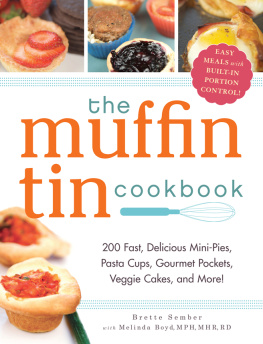
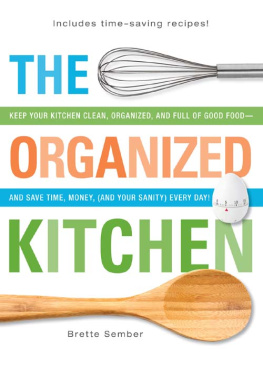
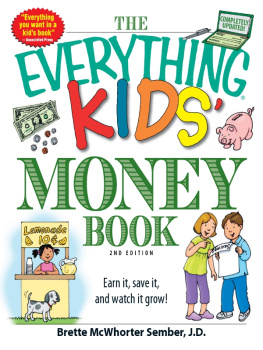
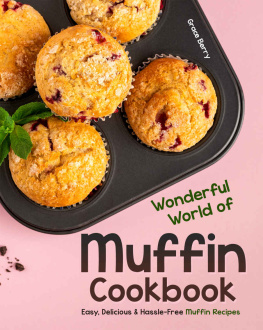
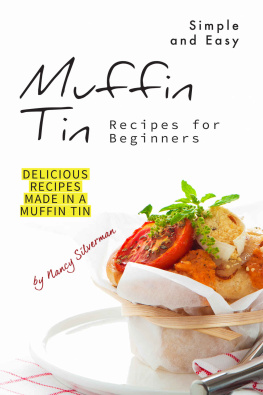
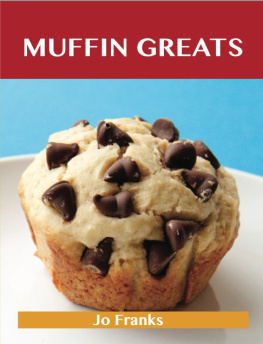

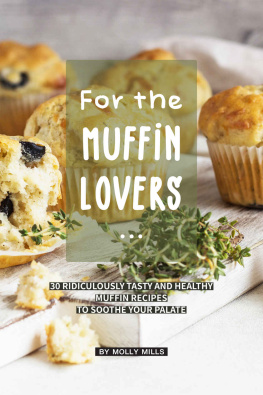

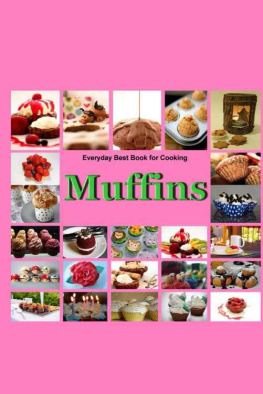
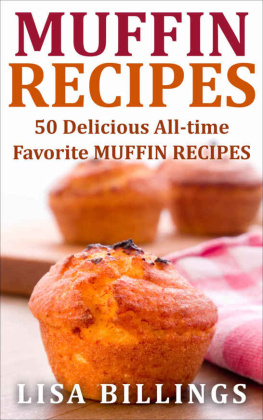
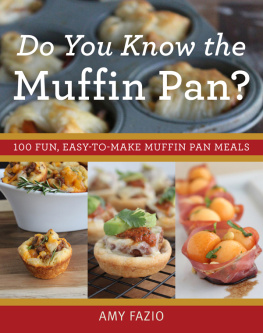

 the muffin
the muffin 200 Fast, Delicious Mini-Pies,
200 Fast, Delicious Mini-Pies, Brette Sember
Brette Sember
 Each recipe indicates the size of muffin tin needed; youll find this to the right of the recipe yield next to the muffin icon. Keep in mind that you can make your dishes any size you like, but you will need to adjust cooking time up or down accordingly (if you make a bigger cup than the recipe suggests, baking time will be longer; if you make a smaller cup, baking time will be shortened).
Each recipe indicates the size of muffin tin needed; youll find this to the right of the recipe yield next to the muffin icon. Keep in mind that you can make your dishes any size you like, but you will need to adjust cooking time up or down accordingly (if you make a bigger cup than the recipe suggests, baking time will be longer; if you make a smaller cup, baking time will be shortened).